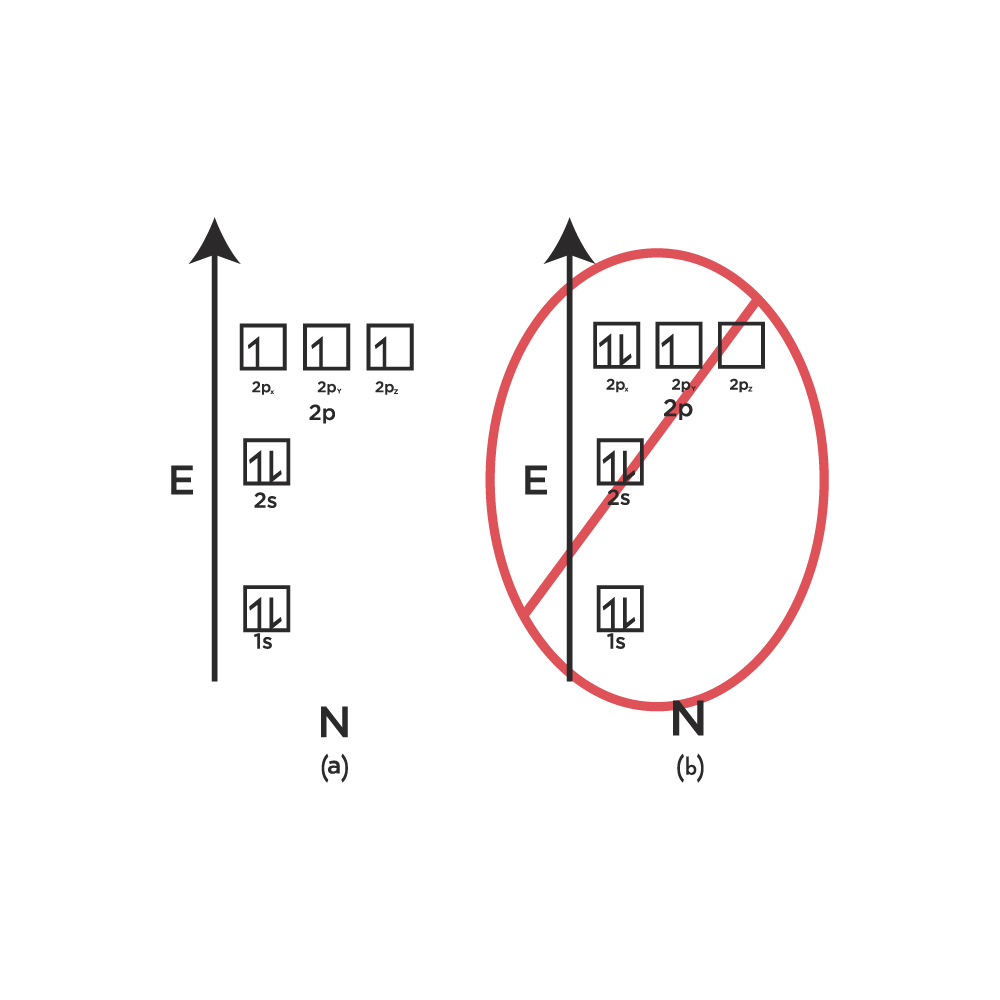
In oxyhemoglobin, the Fe³⁺ ions also have an O₂ molecule.Īccording to crystal field theory, these surrounding ligands split the orbitals into two groups, with three of them being slightly lower in energy than the other two.įe²⁺ is a d⁶ ion. The Fe²⁺ ions in deoxyhemoglobin are coordinated to five N atoms. Just wait until you get to Linear Combinations of Atomic Orbitals - Molecular Orbital (LCAO-MO) theory, then come back to this question. If this doesn't make much sense yet, don't worry - it will.

We say that the 3s band of MOs overlaps the 3p band of MOs, leading to a combined band that is only partially filled by the valence electrons. It turns out that some of the interactions between the 3p orbitals on different Mg atoms can lead to molecular orbitals that are lower-energy overall than some of the 3s-only combinations, with the effect that some of the electrons in a chunk of Mg metal end up in 3p-based MOs, and can then have the same spin as some electrons in the 3s-based orbitals, for overall paramagnetism. You haven't yet learnt about how the atomic orbitals (AOs) on one atom interact with the AOs on another atom to make molecular orbitals (MOs), but they do when the atoms are close enough - and that's what leads to bonding (or not, depending on the interactions). (Part 2:) However, a chunk of Mg or Ca metal contains a lot of Mg (or Ca) atoms. OK, here we go: (Part 1:) A single (isolated) Mg or Ca atom in its electronic ground state is diamagnetic, as you would predict from its ground-state electron configuration of (1s)2(2s)2(2p)6(3s)2. That is a good question, but its answer comes in two parts, and the second part requires some information you haven't encountered yet in order to answer fully.


 0 kommentar(er)
0 kommentar(er)
